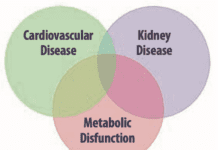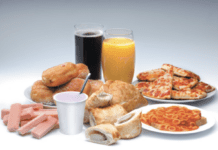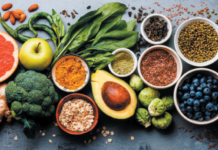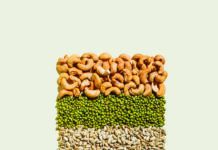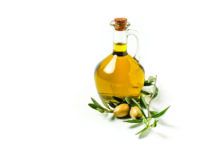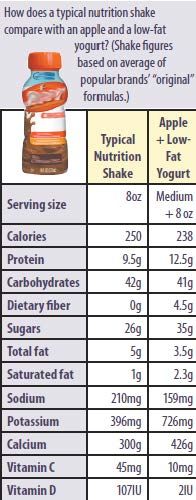Nutrition shakes, originally developed for hospital patients at risk of malnourishment because of difficulty eating conventional food, are now being marketed to healthy people of all ages as a convenient form of nutritional insurance-sort of like a multivitamin in a bottle. But the American Geriatrics Society recently advised against using the popular liquid supplements even for most older adults suffering unintentional weight loss. There is no evidence that they affect other important clinical outcomes, such as quality of life, mood, functional status or survival, according to the societys latest Choosing Wisely guidance for physicians and patients.
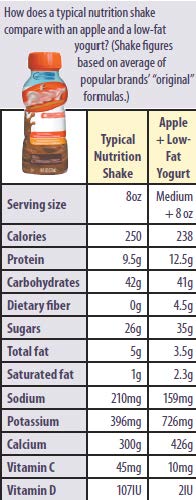

At the societys annual scientific meeting, Paul Mulhausen, MD, who led the Choosing Wisely work group, went even further in presenting the recommendations. He pointed out that such beverages primary ingredients are water and several forms of sugar, calling the products liquid candy bars with vitamins.
Instead of bottled nutrients, seniors first choice should be real foods, advises Alice H. Lichtenstein, DSc, director of Tufts HNRCA Cardiovascular Nutrition Laboratory. With Tufts colleague Helen Rasmussen, PhD, RD, HNRCA senior research dietician, Lichtenstein developed the MyPlate for Older Adults.
Lichtenstein says, Before reaching for a nutrient shake, older adults-or for that matter anyone-should first have a discussion with their doctor about whether there is any reason to think they would need a dietary supplement.
If the answer is yes, they need to have a discussion about what is lacking and how best to meet the shortfall. In most cases a food-based solution can be found. The benefit of taking that approach is that, in addition to the missing nutrient, they will also be getting other benefits naturally present in the food such as fiber or phytonutrients.
HIGH IN SUGAR: In a New York Times interview about the Choosing Wisely guidelines, Dr. Mulhausen elaborated on the experts advice about liquid nutritional supplements: Theyre marketed as something that helps you be vigorous and well as you age. But the only place their value is clear for typical older patients is when people are malnourished, very sick and in a hospital. He cited the conclusions of a 2006 review in the Annals of Internal Medicine.
As for his characterization of liquid candy, its true that a typical nutrition shake contains roughly as much sugar-24 to 28 grams-as a regular two-ounce chocolate, caramel and peanut candy bar, and almost as many calories (250 versus 280). One eight-ounce shake could have as much sugar as two servings of sugar-sweetened breakfast cereals or two frosted toaster pastries-with zero fiber. While the shakes do deliver 9-10 grams protein, there are less-expensive ways to boost protein intake. And a balanced diet with plenty of vegetables and fruits can match the vitamins and nutrients in a shake, while also delivering a mix of beneficial phytonutrients you cant get from a bottle or pill.
Says Tufts Lichtenstein, If someone is just looking for a quick fix to zip them up, nutrition shakes are not likely to be the answer. In addition to eating a well-balanced food-based diet, regular physical activity might be just what they need.
DIETARY ALTERNATIVES:Its true that older adults, especially those in long-term care settings, may have difficulty obtaining adequate nutrition. Aging can bring reduced sensitivity to the taste and smell of foods; chewing and swallowing may also become more difficult.
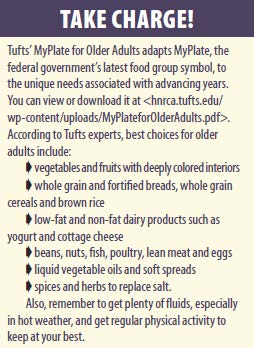

Few studies have compared the effectiveness of nutrition shakes against dietary modification and counseling to address these issues. Studies have shown, however, that providing fruit and dairy-based snacks can improve nutrient levels in older adults.
According to a review by Heidi J. Silver, PhD, of Vanderbilt University, other strategies to improve seniors dietary intakes using food include:
– Nutrition education and counseling
– Feeding assistance
– Improving dining environment atmosphere
– Flavor enhancement of menu items
– Enhancing energy and/or nutrient density
– Group meals
– Home-delivered meals
– Healthy snacks between meals.




